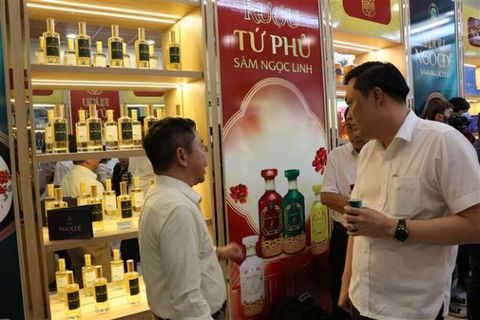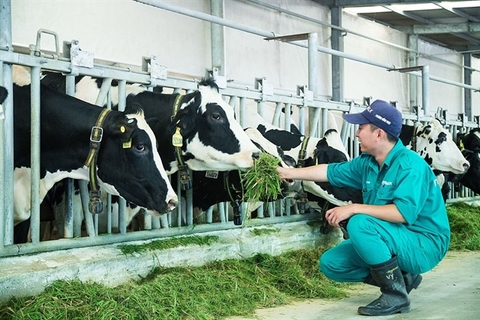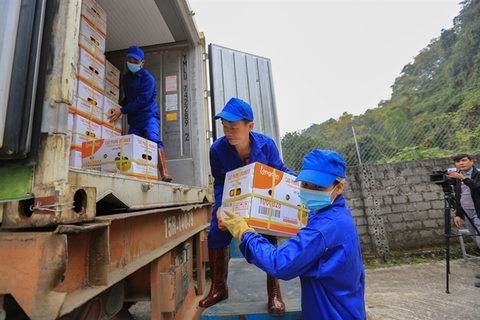Kon Tum sets to expand medicinal herb production
Kon Tum sets to expand medicinal herb production
The Central Highland province of Kon Tum has set an objective to expand its medicinal herb production to 25,000 hectares by the year 2030 with Vietnamese Ngoc Linh Ginseng accounting for 40 per cent of the cultivated areas or 10,000ha, according to the provincial People's Committee.

The objective was set based on the province's competitive advantage in the production of medicinal herbs and in line with a national development programme to establish several production centres across the country by the central government by 2025.
The committee said Ngoc Linh Ginseng has been well-received and in recent years has proved to be popular among domestic and international consumers alike. The next step will involve production expansion and brand building for the province's speciality products.
According to the provincial government, the first phase of expansion (2018-20) has been completed. By 2025, the province will be home to 10,000ha of medicinal herbs, with 4,500ha dedicated to ginseng production. Each city, municipality and commune will form at least one production centre, which provides up to 1,000 tonnes of different medicinal herbs.
By the end of 2022, Kon Tum has established nearly 1,750ha of Ngoc Linh Ginseng production, with more than 500ha recently added. The province's total area for medicinal herbs has reached more than 5,100ha, with 2,500 added last year.
The provincial government said value of medicinal herbs alone could account for up to 15 per cent of the province's entire agriculture sector by 2030. The province also has plans to invest more in upgrading road and logistics infrastructure to connect production centres with processing hubs.
Tu Mo Rong District remained Kon Tum's largest ginseng producer last year with nearly 1,700ha, of which 500ha was added in 2022.
Chairman of the district's People's Committee Vo Trung Manh said there is still room to expand in the district, not just for ginseng production but also hundreds of other medicinal herbs. He said the local government has been working closely with communities, especially ethnic minority groups to convince them to make the transition from traditional agricultural products to high-value products such as the Ngoc Linh Ginseng. So far, the transition has helped nearly 2,000 households in the district escape poverty.
According to the committee, the Central Highlands province is home to more than 850 medicinal herbs and mushrooms, many of which fetch a high value from the market. The increased popularity in recent years of traditional medicine has given Kon Tum's medicinal herb production a much-needed boost and capital to develop the new industry.























